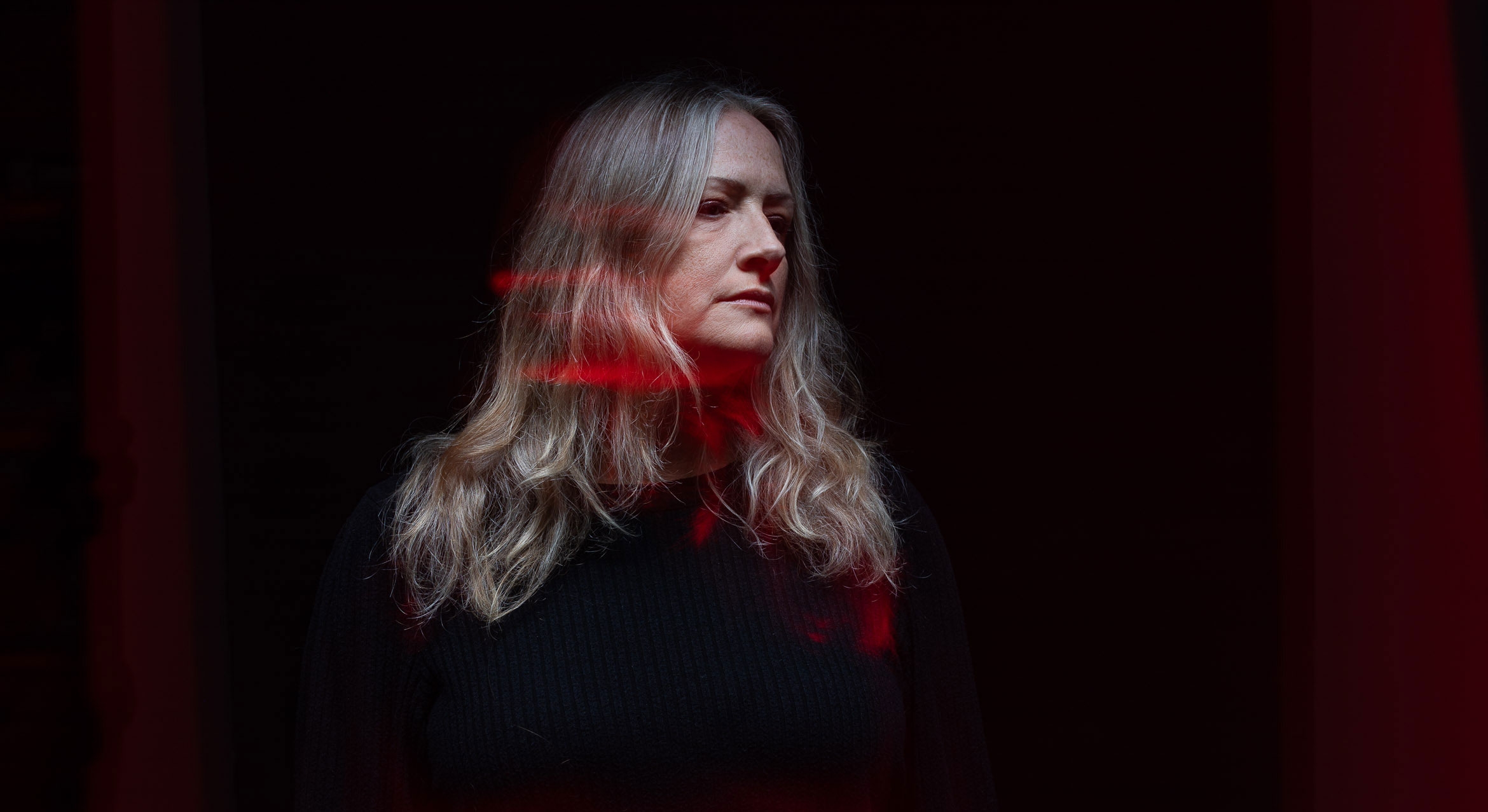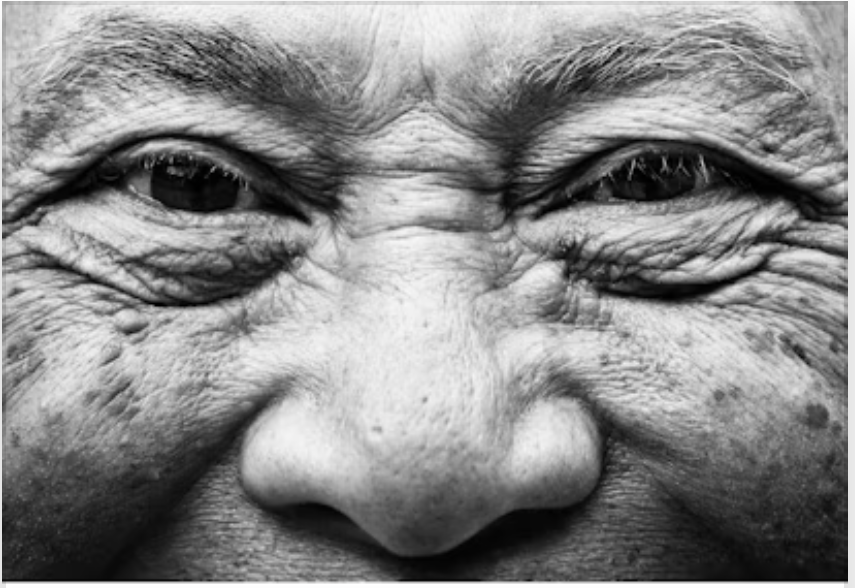
Witchcraft has been feared, mocked and romanticized — but rarely has it been fully understood as a story of feminist resistance and enduring cultural power. Feminist studies scholar Jane Ward has set out to change that narrative. Her latest book — a collaboration with co-author Soma Chaudhuri — introduces “feminist witch studies,” a new interdisciplinary field that explores the power, persecution and political dimensions of witchcraft across cultures.
Ward, a professor at UC Santa Barbara, first engaged with the subject while preparing a course on the history of witches and witchcraft. Known for her work in sexuality and gender studies — including a first-of-its-kind course called Critical Heterosexuality Studies — Ward noticed a clear difference in how scholars from the Global North and Global South wrote about witches. “In the Global North, witch hunts are treated as relics of the past, largely viewed as events limited to the medieval or early modern periods," she said. "But in the Global South, witch accusations and persecutions are still ongoing today.”
This contrast sparked a broader conversation — one that questioned not just history but who gets to tell it. Ward and Chaudhuri’s book, “The Witch Studies Reader” (Duke University Press, 2025), shifts the focus away from an outsider studying witchcraft as a cultural curiosity and instead amplifies the voices of those who identify as witches themselves, many of whom are living in Latin America, Asia, Africa or Oceania.
A central theme of the book is how witchcraft serves as a powerful form of feminist and decolonial resistance. The book illustrates how practices historically demonized as witchcraft — such as midwifery, herbal medicine and abortion care — have enabled women to exist and operate outside of state and capitalist control.
“Witchcraft is often about existing just outside state control and capitalism,” Ward said. “This makes it critical to understand witchcraft through a feminist lens — not just because women are typically its practitioners, but because of what makes it threatening to established power structures.”
Still, these very practices become legitimate when sanctioned by the state. In Uganda, healing methods labeled as witchcraft are criminalized unless officially licensed by government authorities. “The same pattern played out in the U.S. and Europe, where midwifery was once associated with witchcraft but later legitimized through state regulation,” Ward added.
The Halloween witch — crone-faced, wart-nosed, hunched over her cauldron — is one of the most enduring images in Western pop culture. But Ward argues that the fear she represents is much deeper. “The cauldron, the mortar and pestle — these are just kitchen tools,” she explained. “But because they’re tied to women’s domestic work and healing practices, they’ve been transformed into something sinister.”
But Ward and her co-author aren’t just interested in how witches are depicted — they want to know how witches see themselves. “For some, ‘witch’ is a patriarchal slur that they reclaim for resistance,” she said. “For others, it’s an identity tied to essential feminine magic, or a deeply queer figure who exists in defiance of rigid gender norms.”
“We’ve seen people using the concept of the curse, the hex and the spell as ways to push back against gendered violence and oppression,” Ward said, noting how the witch has been adopted as an image of defiance against patriarchal structures.
Beyond folklore, Ward and Chaudhuri are examining the witch as a powerful yet feared figure in global media. Stories of seductive women who morph into hags, witches who drain life from children and teenage girls who use supernatural abilities to resist oppression all reflect deeper anxieties about female power. “From ‘Buffy the Vampire Slayer’ to the Pakistani series ‘Churails,’ the witch is often portrayed as someone who fights back against oppression,” Ward said.
With this book, Ward and Chaudhuri are positioning feminist witch studies as a formal academic field, claiming it as “a new discipline.” “We believe gender studies needs this perspective — analyzing the witch through a feminist, decolonial lens reveals critical insights about power, resistance and history,” Ward said.




